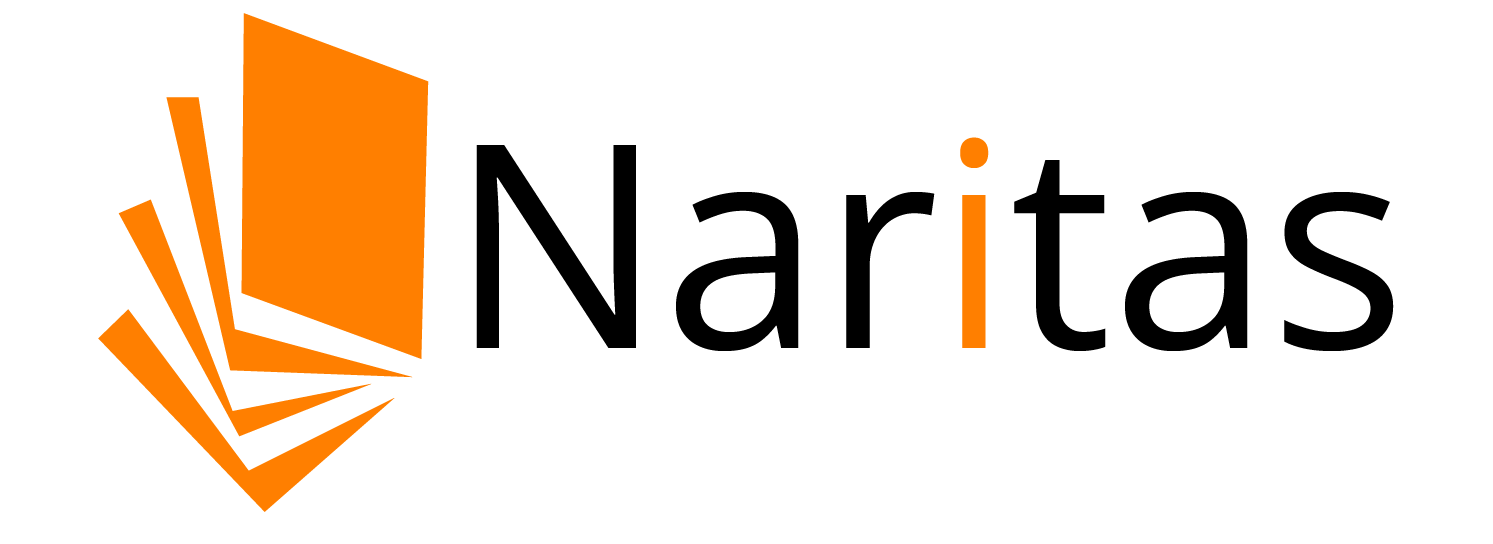Top Benefits of Using E-Learning for Design and Content Management

In today’s digital-first environment, the need for rapid learning and agile content workflows has become more important than ever. E-learning is no longer limited to academic institutions—it has become a powerful tool in corporate environments, particularly for design and content management teams. Integrating e-learning into these domains provides numerous advantages, from streamlining collaboration to ensuring consistent upskilling.
Here are some of the top benefits of using e-learning for design and content management:
1. Real-Time Skill Enhancement
The design and content landscape is constantly evolving. New tools, platforms, and methodologies emerge frequently. With e-learning, teams can quickly access updated training materials tailored to the latest industry standards. Whether it’s learning a new design tool like Figma or mastering content optimization strategies for SEO, e-learning allows professionals to upgrade their skills without disrupting their daily workflow.
2. Flexible and On-Demand Learning
One of the standout features of e-learning is its flexibility. Team members can learn at their own pace, revisit modules as needed, and fit learning into their schedules. This is especially beneficial for global teams working across different time zones or individuals balancing multiple projects. No need to wait for scheduled workshops or physical sessions—knowledge is just a click away.
3. Centralized Content Management Training
Content management systems (CMS) like WordPress, Joomla, or enterprise solutions like Adobe Experience Manager require consistent training for effective use. E-learning platforms provide structured tutorials, simulations, and walkthroughs that make onboarding and continued training more efficient. It reduces the learning curve for new team members and ensures standard practices are followed throughout the organization.
4. Encourages Collaboration and Creativity
Many e-learning solutions today incorporate interactive features like group projects, discussion forums, and real-time feedback. This promotes collaborative learning, where design and content teams can share insights, give peer feedback, and co-create solutions. Collaborative learning environments often lead to innovative outcomes and stronger team cohesion.
5. Cost-Effective Training Solution
Traditional training methods often come with high costs—travel, accommodation, printed materials, and instructor fees. E-learning eliminates many of these expenses. Once the content is developed, it can be reused across teams without additional costs. This makes e-learning a budget-friendly option for both small businesses and large enterprises.
6. Measurable Progress and Assessment
Modern e-learning tools come equipped with analytics dashboards and assessment modules. Organizations can easily track each learner’s progress, performance in quizzes or simulations, and areas needing improvement. This data-driven approach helps managers ensure that their teams are truly gaining the required skills, and helps learners identify where they need to focus more.
7. Scalability Across Teams and Locations
As companies grow, training consistency becomes a challenge. E-learning provides a scalable solution where the same high-quality content can be shared across departments and locations. This ensures that everyone is on the same page, no matter where they are in the world.
Conclusion
E-learning empowers design and content teams to stay ahead in a fast-changing digital ecosystem. It supports continuous growth, fosters innovation, and ensures efficient use of resources. As technology continues to transform how we work, integrating e-learning into design and content management strategies is no longer optional—it’s essential.
